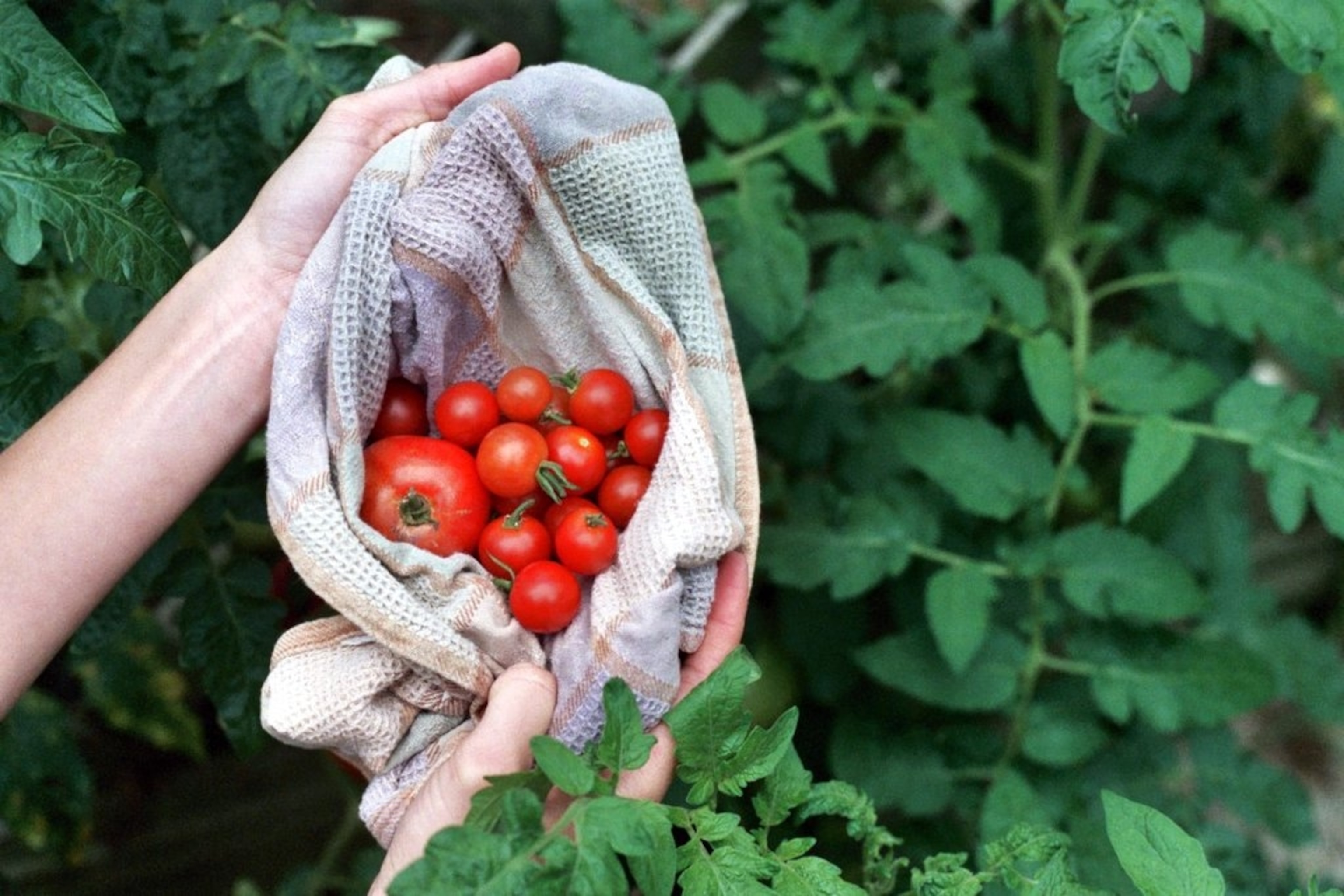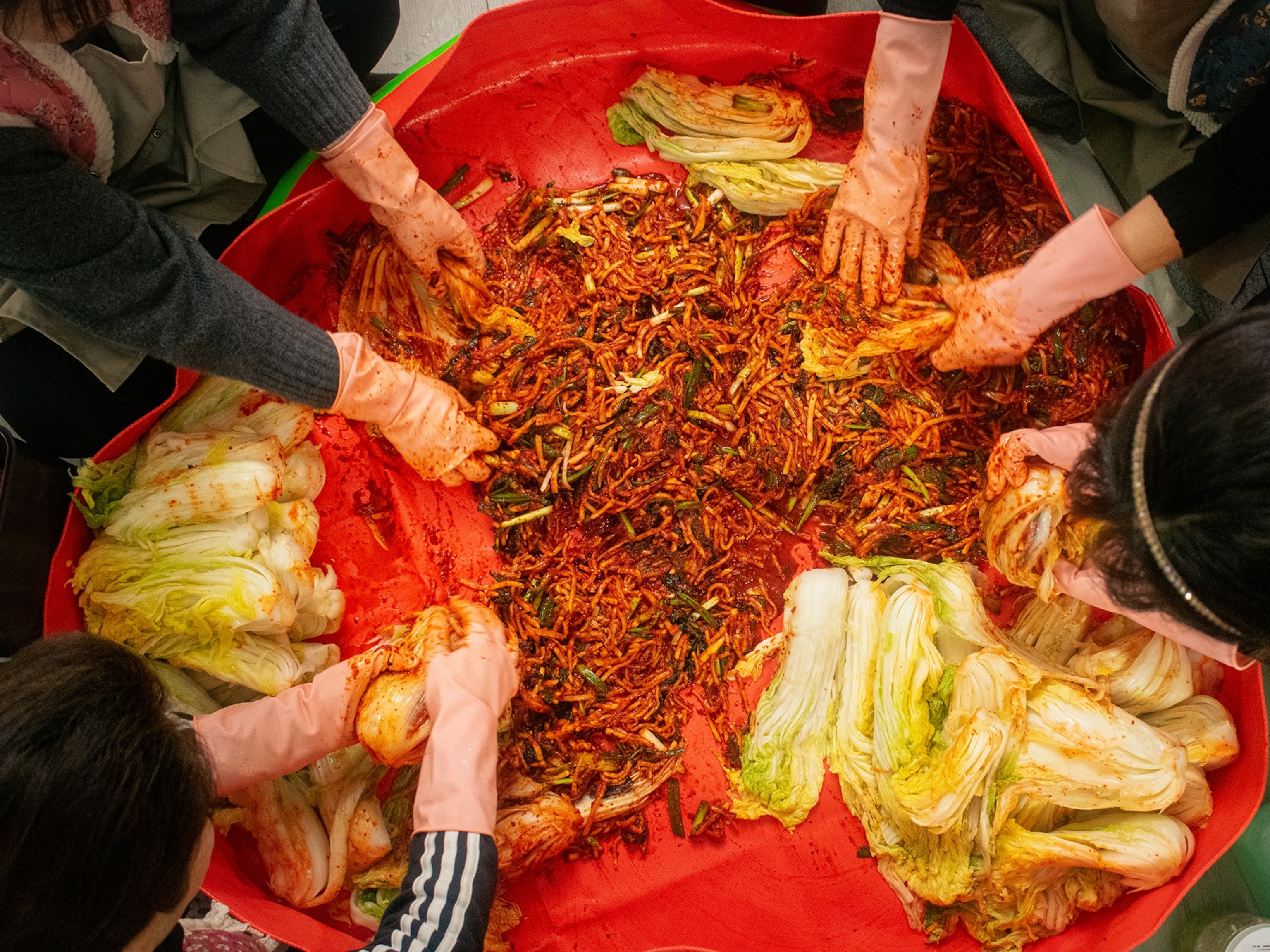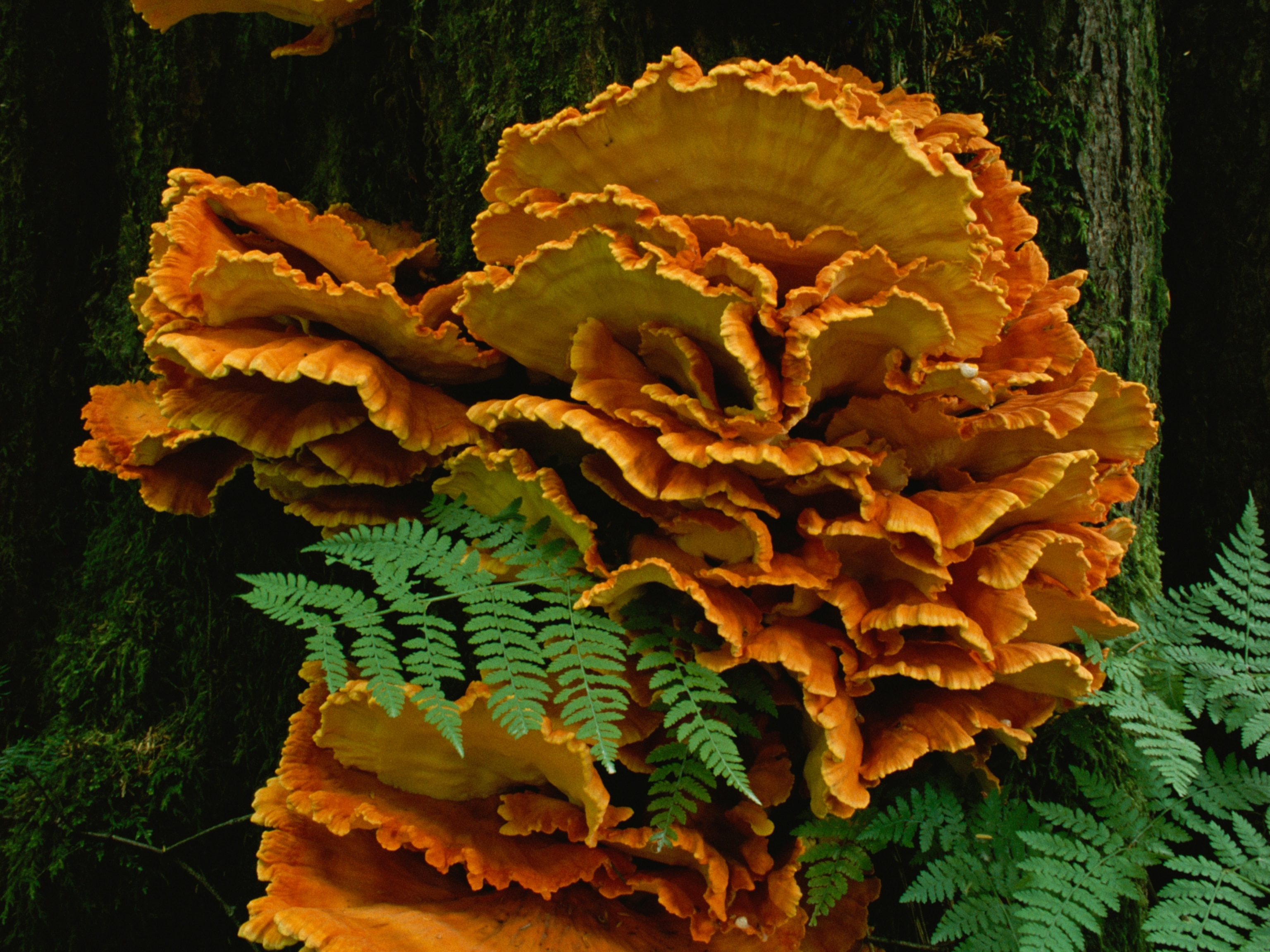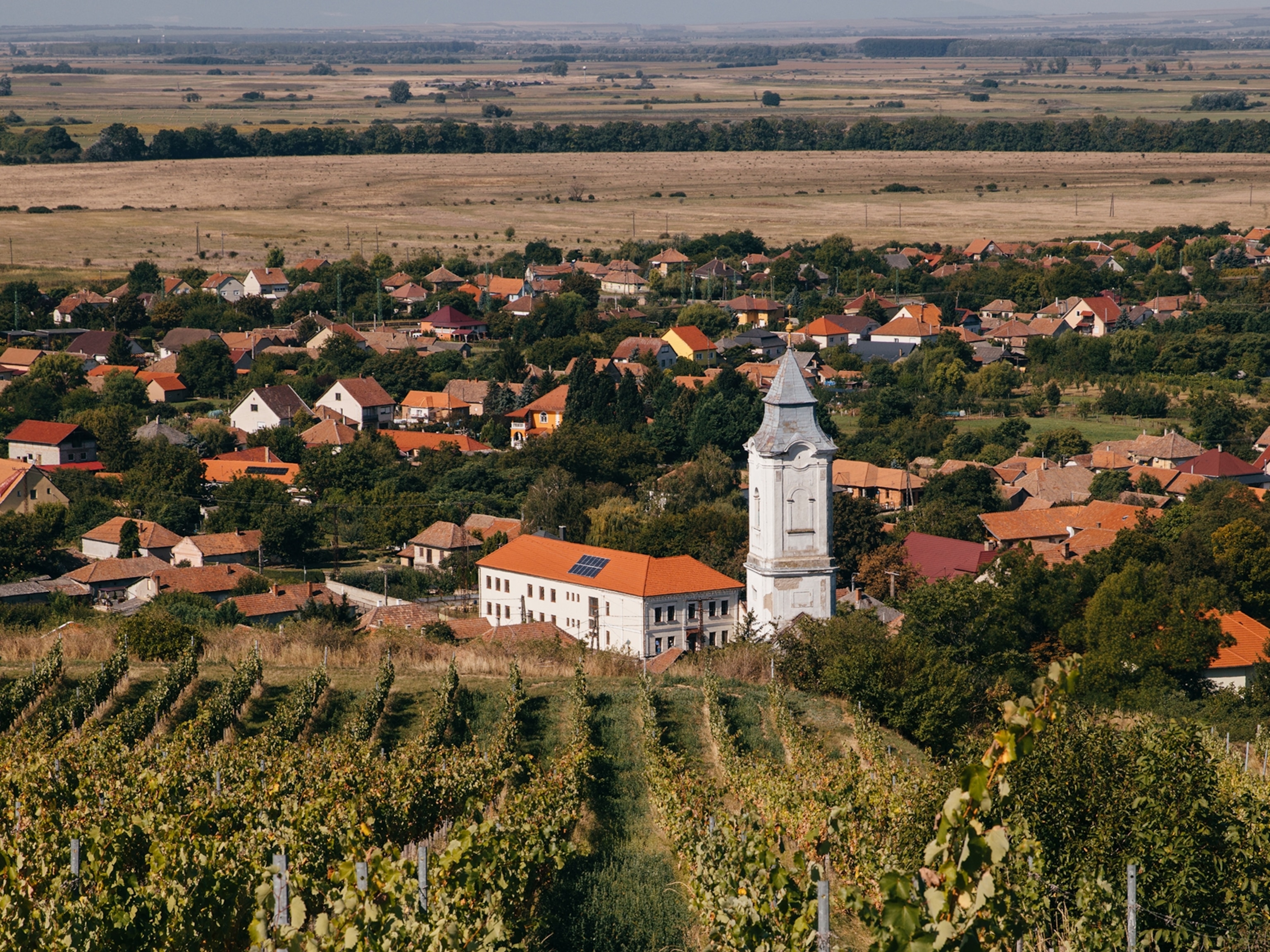
School Makerspaces: Growing Farmers, Gardeners, and Cooks
When my son took his preschool application intelligence test (yes, seriously), the test administrator said, “He cooks with you, so he will likely score higher than other children.”
Turns out, intelligence tests incorporate examples of everyday objects that many kids no longer see—whisks, measuring cups, loose buttons, sewing needles, spools of thread. Necessary items for tasks done by hand.
Many young kids rehearse these jobs with plastic kitchen sets and tiny ironing boards but never quite graduate to reality when they’re old enough to help make dinner or sew a patch on ripped jeans. (No judgment: I haven’t been near a hot iron since seventh grade home ec.)
Enter Makerspaces, rooms in schools dedicated to kids’ innovative, creative pursuit of a practical end. Independently solving a real problem, not one manufactured by teachers, is empowering. These practical projects hone skill and foster an appreciation for everyday creativity and the deep satisfaction available in caring for self and loved ones.
In 2014, this very old idea is very revolutionary. The trend in schools, especially among the technology elite, is away from electronic bells and whistles. Makerspaces provide communal areas dedicated to creativity in all kinds of disciplines.
These rooms, full of various raw materials and tools for students’ experimentation, promote innovation through play. They also provide safe places for students to take risks, experiment, and learn through trying (a.k.a. “fail”). Some spaces focus on woodworking, or textiles, or science.
Materials in school Makerspaces must intrigue. Spark creativity. Inspire wonderment. Seeds and food have done that for as long as anything in human history, making them the ideal raw material for a Makerspace. Excitement over food is built into our biology, which is why kids go gaga over school gardens.
To really blow kids’ minds, take the school garden a step further after harvest. Provide a pantry of ingredients and invite them to prepare their crops in the Makerspace, with the same freedom, limited supervision—for logistics and safety only—and peer feedback as adult Makerspaces.
(An aside from personal experience: The best part about reality-show cooking is perusing the well-stocked pantry and imagining what is possible. Envision that moment without the pressure of being judged on TV at the end.)
In the adult world, Makerspaces democratize otherwise inaccessibly expensive tools of innovation, providing community spaces of high-tech equipment and a place where the aspiring creative class can share ideas, create, and network. In an adult food-centric Makerspace, the raw materials might include liquid nitrogen, a homogonizer, or a centrifuge (the basic tools of molecular gastronomy).
But for children, a simple pantry and invitation to mess around in the kitchen are sufficient raw material (and kids + liquid nitrogen = no way). Plus, it’s enough of a dream to get kids to go from reading a recipe (a worthy standalone objective) to a Makerspace goal of inventively cooking with whatever is on hand.
Innovating around food, of course, doesn’t require cooking. In a non-food-focused Makerspace with wood, nails, and glue, students can design and create gardening tools or solar food driers to store summer’s bounty. For schools with a tech budget, 3D printers allow students to dream and generate parts for, say, a broken toaster, thereby eliminating landfill waste.
Some of this probably sounds vaguely familiar. There are plenty of shop and home-ec classes that existed before the term Makerspace appeared. But those classes have been famously in decline for the past several decades in favor of courses that teach testable skills. The Makerspace movement lends vitality and credibility to reviving non-measureable student progress. And growing and preparing food are two big ways kids can use their hands accessibly, creatively, inexpensively, and safely.
Education is far broader than classroom academics. When people understand production and creation from many sides, our world is filled with greater empathy and appreciation for the interconnectedness of disciplines. Students grow into adults who understand that agriculture influences biology, that food influences culture, that scientific discoveries influence cooking innovation.
A Makerspace education turns students into farmers, gardeners, and cooks—not just in the future but in the moment. These spaces reap returns far beyond a few intelligence score points. As makers like to say, if you can imagine it, you can make it.





